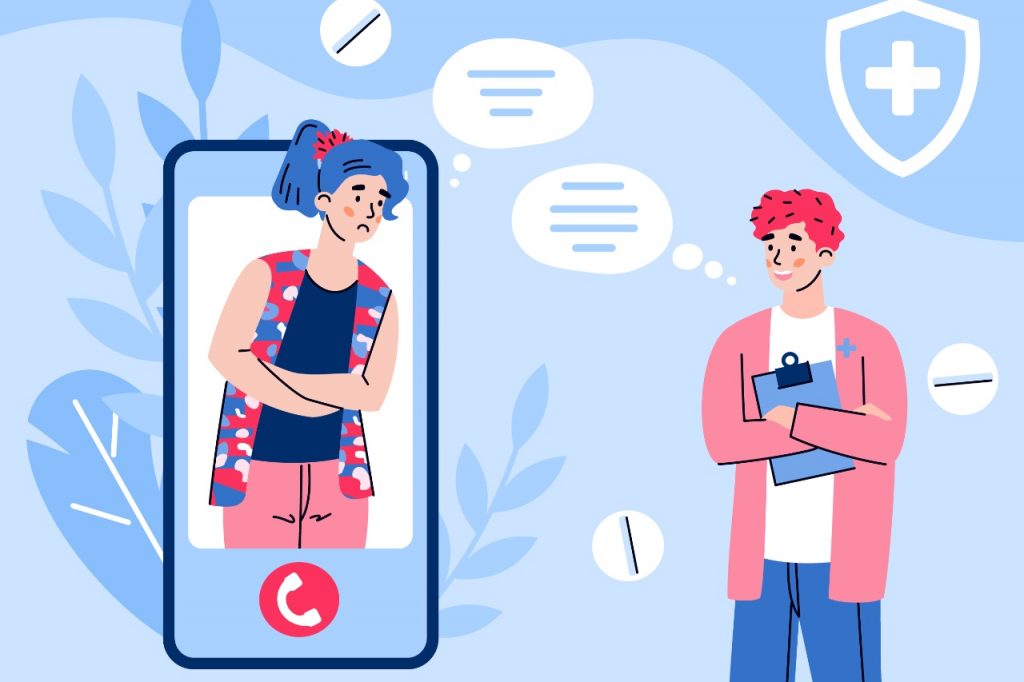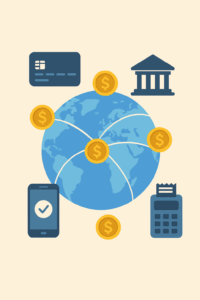Recognizing the Importance of Internet Resources

Digital accessibility refers to the activities performed in the digital environment to ensure that all users, regardless of technical skills or other variables, can access and use digital resources. Remember that not all consumers have the same wants or aims for digital products and services. Others do not utilize them at all. A screen reader may be helpful for the visually handicapped, but it may not be appropriate for someone with a learning disability.
Who Is Most Likely to Be Affected?
There are several reasons why universal digital accessibility is essential. People who are disabled may benefit from better computer skills and enhanced access to information as a result. People all throughout the world will benefit from greater access to online media and services. People with diverse disabilities benefit from developments in digital accessibility. Blindness, reduced vision, hearing loss, and mobility issues are examples of disabilities.
People of all abilities may benefit from increased digital accessibility. For example, it may make it easier for the elderly to use various types of technology. Those who need to acquire English as their first language may find it easier to access digital information and services.
The pervasive access to digital knowledge has resulted in a beneficial chain reaction. It could increase business-to-business communication with a more extensive client base. The general public can be contacted even if they cannot use your digital products or services. You may differentiate yourself in your company or organization by providing one-of-a-kind services. Many people who could not previously use your company’s benefits will now be able to do so.
Methods for Increasing Online Content Access
Keep everything as plain and basic as possible. It may seem self-evident, yet it needs repeating. More basic English is required, as is less specialized terminology. It also entails making your content available in alternative media, such as audio and video, for clients who prefer or require them.
QualityLogic can help you create more digitally accessible online content. They believe accessibility is a human right and want to help businesses of all sizes achieve it. They can improve your website with training, design, and software testing.
Make Visuals
Including media in your work, such as photographs and videos, is a great way to make it more entertaining and straightforward. However, they must be used with caution to avoid accessibility issues. Text descriptions should always accompany visual material to ensure visitors cannot view images and grasp the intended information. Ensure your photos and videos have enough contrast to be viewed by those with low vision.
The Web Content Accessibility Guidelines (WCAG) 2.0 are one of several standards and criteria that govern digital accessibility. A growing number of countries are adopting these norms and standards. It is critical to stay up to speed on the latest regulatory developments to ensure that your products and services are compliant.
Begin With the Basics of Accessibility
The most effective strategy to reach the most people is making digital goods and services available. Accessibility must be considered at all phases, from first user testing through final production. To make your designs as user-friendly as possible, you should consult accessibility experts.
Even though your products and services are designed to be easily available, they must be reviewed to guarantee usability. This ensures that your clients will be able to use them successfully. This demands the use of various testing approaches and processes, such as automated accessibility testing tools and manual testing by people with disabilities. They have a significant advantage because the information is readily available on internet channels.
The World Health Organization defines disability as impairments, activity constraints, and participation restrictions. Disability can have an influence on physical, sensory, cognitive, intellectual, and behavioral health. One billion people will be handicapped globally, making it one of the most common health problems. Education and work can be challenging for persons with disabilities. Making digital information available to everyone is one answer to these difficulties.
This movement is based on making websites and software accessible to people with disabilities such as deafness, hearing loss, vision impairment, and cognitive or intellectual disability. With your help, we can make digital information and services more accessible to people with disabilities, allowing them to participate fully in society.
People With Disabilities Can Access Digital Media
People with various disabilities face a number of challenges while attempting to access the Internet. Screen reader software enables people with visual impairments or blindness to read on a computer screen. Closed captions or transcripts may be required for deaf or hard-of-hearing individuals to access audio and visual information.
People with cognitive difficulties may prefer simpler material delivery. Individuals with physical limitations may require content that may be accessed by several input modalities, such as switches or eye-gaze sensors. By keeping these many points in mind, digital content designers and producers may ensure that their work is accessible to a bigger audience.
Designing for The Blind and Visually Impaired
It is vital to note that everyone’s preferences for interacting with digital information differ. Those who are blind or have low vision, for example, must learn in other ways. When providing digital material to youngsters, various possible risks must be addressed. For example, every image must have a written equivalent. Closed subtitles and audio explanations should also be included in the video. Follow these steps to ensure that everyone has access to your digital assets.
Hearing Loss Design Considerations
When creating digital content, it is critical to take into account a wide range of demographics. Because of the limitations, people may require assistance understanding popular content types. Closed captioning is one method of making digital information available to the deaf and hard of hearing.
Many considerations must be addressed while generating closed captions for digital entertainment. Captioning should be simple to understand from the start. Use a large font size and avoid sophisticated, difficult-to-read typefaces. Captions and audio must be synced as well. The audio stream can be transcribed manually or with captioning software. Finally, double-check the captions for any errors.
By adhering to these guidelines, you may ensure that your digital information is accessible to people of all abilities. Aside from closed captioning, other methods of making the material more accessible include audio description and sign language interpretation. Taking into account the needs of various target groups enables the creation of digital content that everyone can enjoy.
Designing for Cognitive Impairments
A variety of factors must be addressed when developing digital content for people with cognitive disabilities. The first and most crucial step is to recognize that each individual requires a tailored plan. However, some rules may be followed to speed up data access. For example, disability services propose using simple language and graphics.
As a consequence, the reader may find the information easier to comprehend. It is also critical to give several opportunities for discussion and engagement. If the reader interacts with the content on their own terms, they are more likely to absorb and retain it. These guidelines will assist designers in creating digital content that is both accessible and instructional to a wide variety of people.
Visit www.qualitylogic.com for more information on how they can improve your online content. You may either contact QualityLogic right immediately or begin using their setup kit. Whatever option you select, QualityLogic will increase the accessibility of your website as well as the overall quality of your business.






